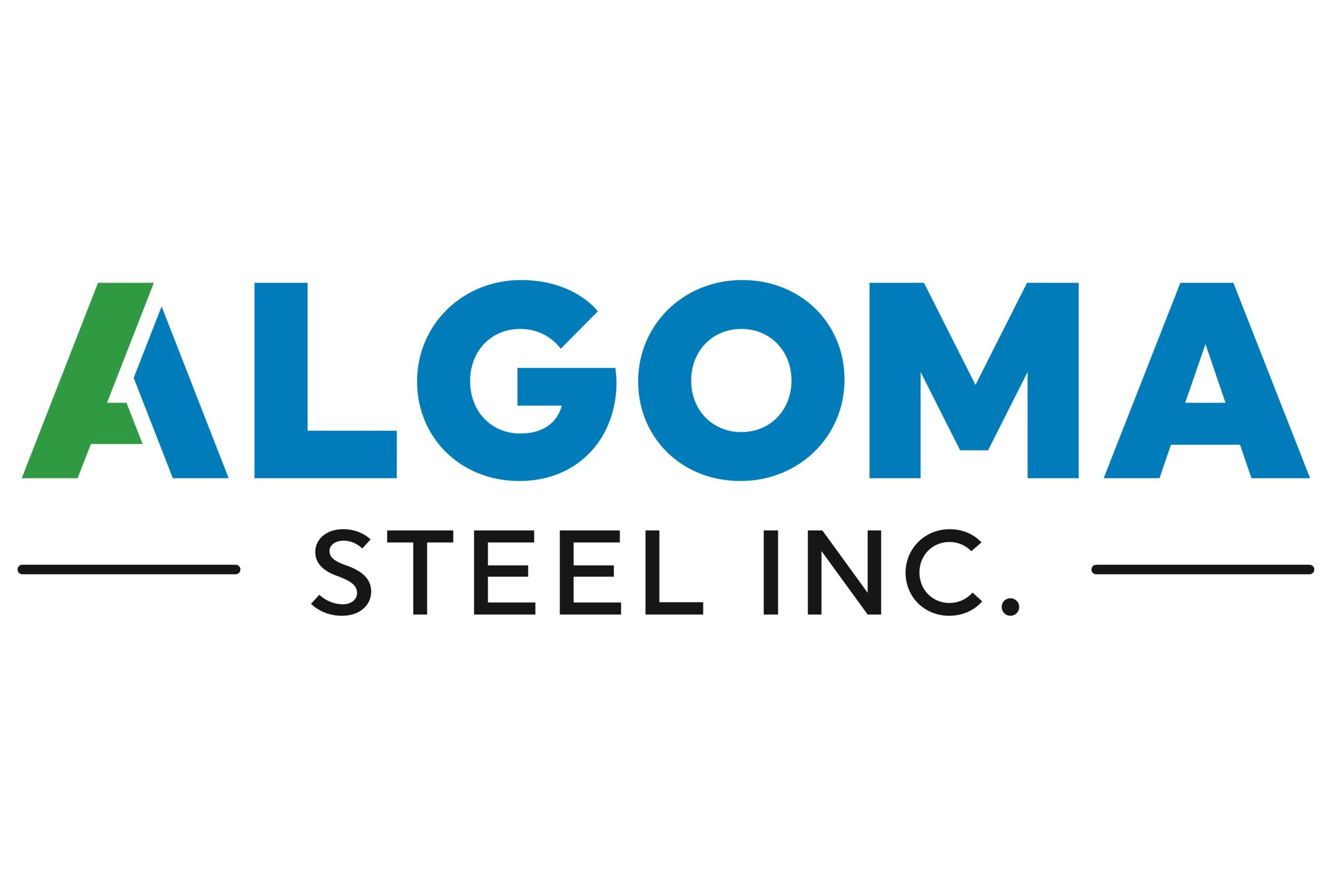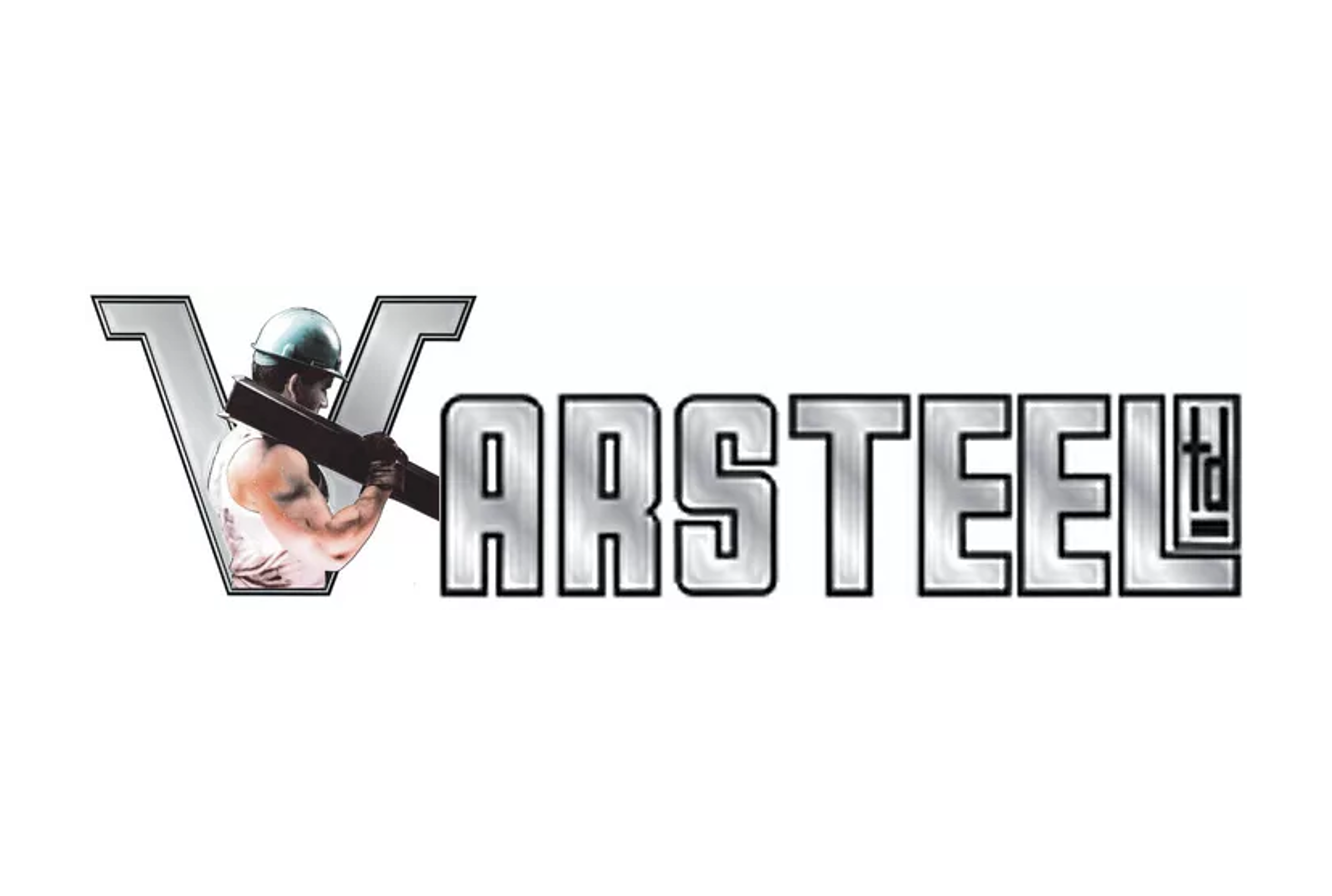Canada
April 15, 2025
CRU: USW seeks exclusion for Canada from Trump’s tariffs
Written by CRU Group
Members of the United Steelworkers (USW) union have approved a resolution calling for permanent exemption from the 25% Section 232 levies US President Donald Trump has applied to Canadian steel and aluminum imports into the United States.
The USW, which represents metal workers in Canada and the Caribbean as well as the US, is also urging stronger enforcement against countries such as China which break trade rules, and a coordinated Canada-US strategy to protect and increase union jobs across the North America.
“Steel workers know who the real problem is, and it’s not each other. We’re united in pushing back against unfair trade practices and we won’t let any administration use tariffs to divide us,” said David McCall, union president.
The USW argues the duties, which Trump introduced on the grounds of national security, threaten hundreds of thousands of jobs and will disrupt deeply integrated supply chains.
“For years, our members have paid the price of bad trade decisions: plant closures, layoffs and billions in unfair duties,” said the union’s director for Canada, Marty Warren. “These tariffs hurt workers and communities on both sides of the border. This resolution reaffirms what we’ve always stood for: fair trade and cross-border solidarity.”
The resolution was passed at the USW’s annual convention held in Las Vegas, Nevada.
Many of the union’s comments were echoed by Michael Garcia, CEO of Canadian sheet steel producer Algoma Steel, who said the US should stop treating Canada as a trade threat and instead focus on countries engaged in dumping cheap steel in North America.
“Canadian steel is part of the North American supply chain. The tariffs should go back to zero,” he was quoted as saying by the Dow Jones news wire service.
According to Garcia, Canada consumes about 16 million tons/year of steel and produces 12 million tons/year, in theory allowing the industry to turn to its domestic market, but that is overwhelmed by cheap foreign imports, particularly from China, making it difficult for Canadian steel makers to compete.
“Either there’s foreign steel already in the country or there’s a salesman representing a foreign steel mill that is asking for the same order that we’re asking for. They’re constantly offering very low prices, in many cases unfairly,” he said.
Despite the burden of the tariff, Garcia contends it can sometimes be more viable to sell into the US and pay the 25% duty than to compete in a glutted Canadian market with suppressed prices.
This article was first published by CRU. To learn about CRU’s global commodities research and analysis services, visit www.crugroup.com.






